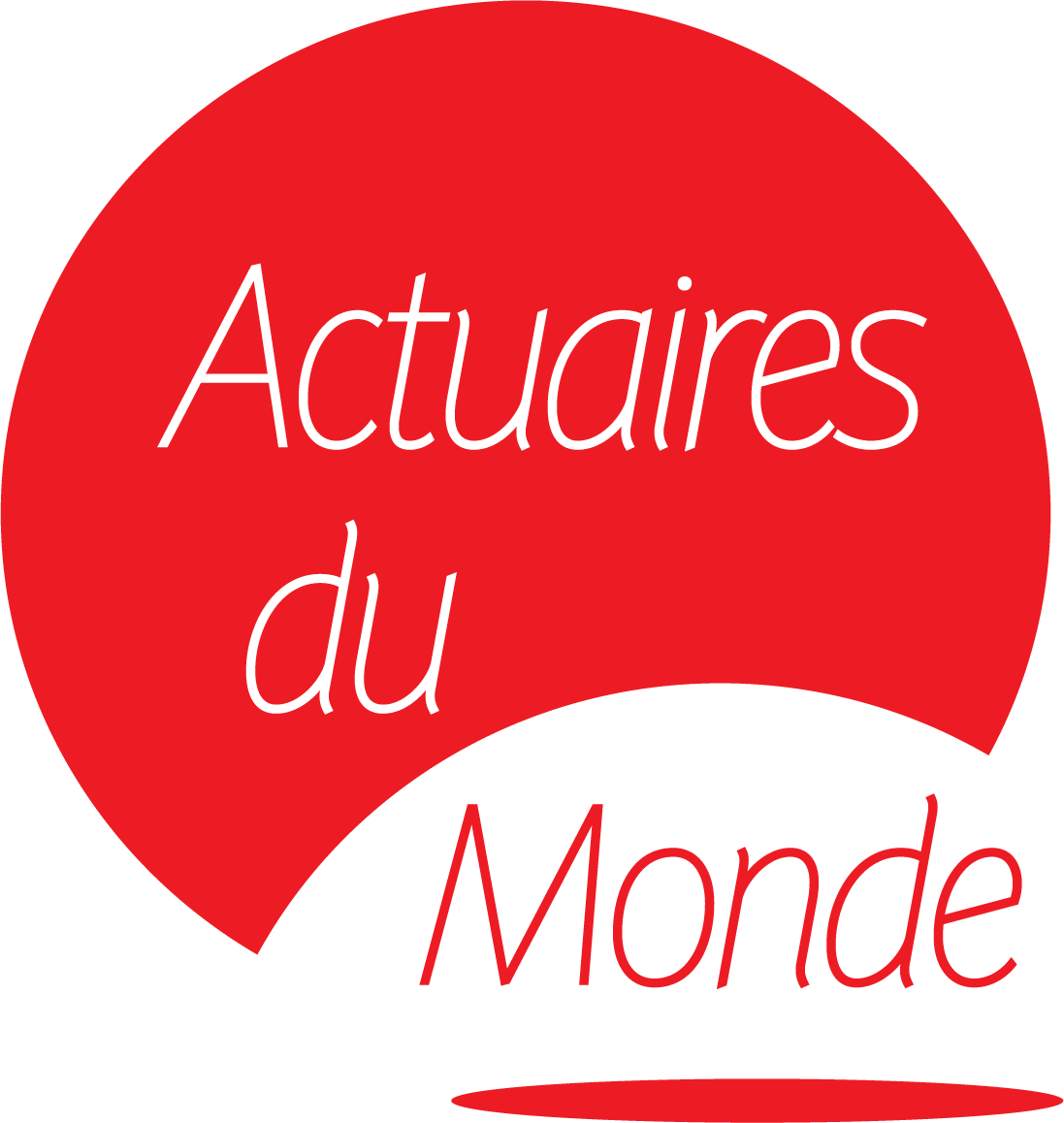Volunteer activities in our target countries
Risk Management Framework Through ICPs and Solvency II Requirements: Baku, Azerbaijan by Carlos Arocha and Dilara Asadova
Society of Actuaries International News - March 2020
Actuary of the Future Section: Actuaries Without Borders Global Mentorship Program
Society of Actuaries Podcasts - January 23, 2019
Actuaries Without Borders Global Mentorship Program: A Growing Success Story
Society of Actuaries International News - September 2018 - Issue 75, Page 12-13
SOA/CAS Seminar in Bogota Gets Record-Breaking Attendance
Society of Actuaries International News - September 2018 - Issue 75, Page 37-38
Actuaries Without Borders: Get Involved with a Mission of Global Outreach
Society of Actuaries International News - May 2018 - Issue 74, Page 7-8
Actuaries Without Borders in Macedonia by Vladimir Bubalov
Society of Actuaries International News - May 2018 - Issue 74, Page 29
Actuarial Development in Bulgaria by Carlos Arocha
Society of Actuaries International News - January 2018 - Issue 73, Page 30-31
Actuarial Global Outreach across Borders
Canadian Institute of Actuaries - November 2017
An ERM Initiative in Nigeria by Actuaries Without Borders by Queenie Chow
Society of Actuaries International News - September 2017 - Issue 72, Page 14
Actuarial Development in Armenia by Carlos Arocha and Gayane Arsenian
Society of Actuaries International News - May 2017 - Issue 71, Page 16
Actuarial Association of Republic of Srpska by Predrag Kovacevic
Society of Actuaries International News - January 2016 - Issue No 67, Page 22
TOGO or not to go by Carlos Arocha and Renata de Leers
Society of Actuaries International News - January 2014 - Issue No 61, Page 7-9
Actuaries Without Borders—Making a Difference
The Actuary—February 2013
International Actuarial Experiences Webcast
Canadian Institute of Actuaries - October 2012
Interesting Overseas Opportunities Through Actuaries Without Borders
Canadian Institute of Actuaries eBulletin - September 2012
IAA Life Section and AWB Section Breakfast Session
Society of Actuaries Life & Annuity Symposium - May 2012
Interview with Shiraz Jetha of Actuaries Without Borders
Society of Actuaries International Section Newsletter - August 2010 (starting on page 28)
Presentation by Robert F. Conger at Bahrain June 2010
Actuaries Without Borders, International Association of Insurance Supervisors (IAIS)
India Travelsby Robert F. Conger
The Actuarial Review - The Newsletter of the Casualty Actuarial Society - May 2010 - Vol. 32, No. 2
Global Positioning Expand Your Actuarial Horizons by Shiraz Jetha
Contingencies - March/April 2009
In and Out of Kazakhstan in Four Days in February by Shiraz Jetha
International Section Newsletter - December 2008 - Issue No. 46, Page 16
Teaching ERM in Nairobi, Kenya by Shiraz Jetha
Actuary of the Future Newsletter - November 2008 - Issue No. 25, Page 21
Actuary of the Future Section Hot Breakfast: Actuaries Without Frontiers by authors Fazli M. Datoo, FSA, MAAA and Shiraz Jetha, FSA, FCIA, MAAA
SOA 08 Annual Meeting & Exhibit - October 19-22, 2008 - Session 9
Pushing the Boundaries: Actuaries without Frontiers by Pritesh Modi
Actuary of the Future Newsletter - May 2008 - Issue No. 24, Page 1
Actuaries without Frontiers by Fred Rowley, Immediate Past President, Institute of Actuaries of Australia
Canadian Institute of Actuaries Bulletin - April 2008 - Volume 18, Number 8, Page 5
French Actuaries in India by Clement Picard and Nicolas Cadiou, Actuarial Science Students, EURIA, France
the Actuary India, February 2003
